Stone town
Stone town
The Stone Town is a phenomena site/ destination and a melting pot of cultures and one of the last remaining ancient towns in Africa offering a rare cultural and historical insight into a former era of trade and exploration. This beautiful town has a labyrinth of chaotic alleyways interposed between towering limestone house with ornately carved arched hardwood door with brass finishing and terracotta roofs.
Stone Town is the historical center of Zanzibar City – the capital of the Zanzibar Archipelago, the town is a primary trading post on the spice, silk and slave trade routes for over a millennium. Stone Town is a unique meeting place with a blend of African, Indian, Arabian and European culture and is one of the few remaining ancient towns in Africa.
Because of the beauty and historical value of the Stone Town, it has been recognized as a UNESCO World Heritage Site.
The Stone Town is a visually beautiful city with old colonial building and exquisitely carved Zanzibari doorways, during your visit in this beautiful city your senses will be overwhelmed with the scent of the sea and spice and the calls to prayer echoing from the minarets.
Things to do in the Stone Town
Stone Town has a lot to offer for each and every visitor on a holiday in Zanzibar with plenty of activities.
Forodhani Garden Markets
The Forodhani Garden Markets is one of the most popular sites to visit in The Stone Town during your tour, the market opens late in the afternoon at 5 pm and runs until 9 pm. In the market, locals and tourists gather for some alfresco street dinning – colorful stalls and grills that are lined with kebabs, local fish, coconut bread, grilled cassava, roasted corn, sweet potato chapatti and fresh fruit drinks. This market is one of the liveliest areas in the Stone Town and the food is tasty as well as very affordable.
Darajani Market
The Darajani Market is another popular market / site in the Stone Town excellent for spices, fresh meat, fruit and vegetables. This market is perfect for visitors who prefer quieter market experiences and it is best to visit the market in the morning when the seller are still setting up and the produce/items are still fresh.
Mtoni Palace Ruins
The Mtoni Palace Ruins is a beautiful site to visit offering visitors an insight into the former administrative and trade power of Zanzibar, every Tuesday and Friday there is a concert with traditional melodies, dances and a buffet.
At this site, the night begins with a guided tour of the ruins, followed by a buffet with final performance to finish off the tour. You can also attend the traditional coffee ceremony with coffee roasted the Zanzibari way.
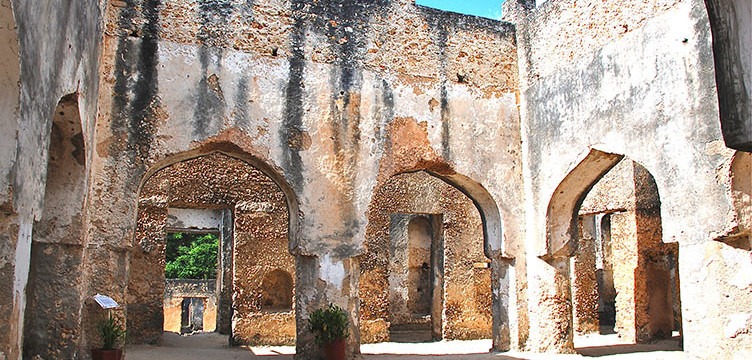
Old Slave Market and the Cathedral of Christ Church
The Anglican cathedral of Christ Church is a symbolic site in the Stone Town, the church was built by a British abolitionist symbolically over the old whipping post of the Island’s largest slave market.
The church was the first African cathedral in East Africa, the church offers beautiful architecture and important knowledge about the history of the slave trade in the country.
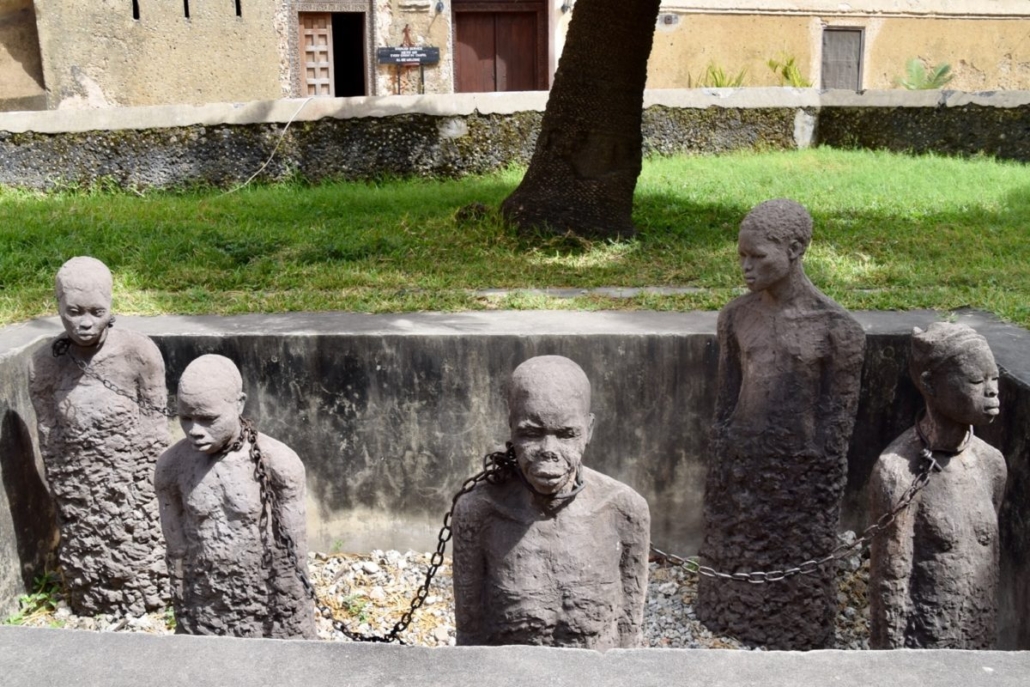
Hamami Persian baths
The Hamami Persian baths were the first public baths built in Zanzibar by Shirazi architects from Iran, unfortunately the baths are no longer in use but can pop your head in and have a look after seeking for permission from the caretaker who will unlock the gate for your at a small fee.
Sultan’s Palace/Beit al-Sahel
The Sultan’s Palace is a magnificent site and one of the main historical building of Stone Town, inside the palace you can have an hour of touring the history of Zanzibar with a guide. The tour will give you a deeper insight of Zanzibar Island, its leadership and history.
The Old Arab Fort
The Old Arab Fort is an impressive building constructed in the late 17th century on the former Portuguese fort, it houses an art gallery and curio market as well as an impressive Amphitheatre. You can enjoy a live performance in the open – air amphitheatre which is hosted in February each year. The festive is referred to as The Sauti Za Busara Music Festival with musicians from all over Africa.
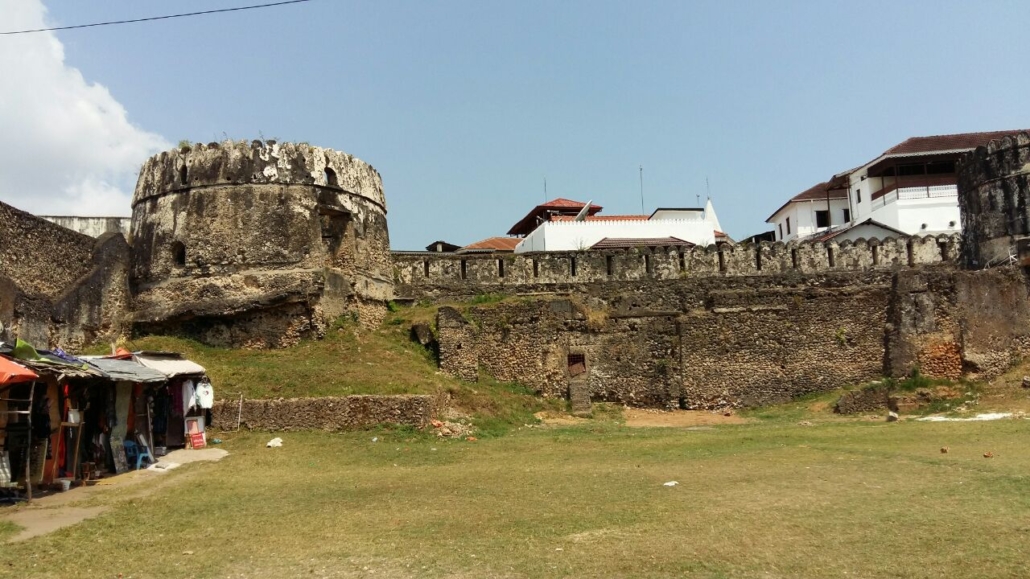
St Joseph’s Catholic Cathedral
This cathedral was built by French missionaries in 1893 – 7 and stands for a memory of European colonial presence in Zanzibar, the cathedral has twin spires that are familiar feature to Stone Town and its front doors are only open during mass but you can enter through the back when these are closed.
Exploring on Foot
Most of the sites in the Stone Town are situated within a walking distance, the town is known as a maze, a veritable labyrinth where maps are of little use which makes wandering into the narrow alleys of the Stone town an activity to look forward for.
You can also have a guided tour in the city and usually the walking tour last for 3 hours, these tours are filled with the history of Zanzibar and will give you a glimpse of the layout of the town.
Spice Tour
Zanzibar Archipelago is known exotically as the “Spice Islands” for its historical and modern role as one of the main producers of spice. Taking a spice tour during your holiday is a must do as it takes you on a walk through a spice farm to see cardamom, cloves, cinnamon, turmeric, black pepper, lemongrass, vanilla and nutmeg. This will help you appreciate the island’s rich history in the spice trade.
Most spice farms are situated only 15 kilometers outside of Stone Town and can be reached by taxi or rental car.
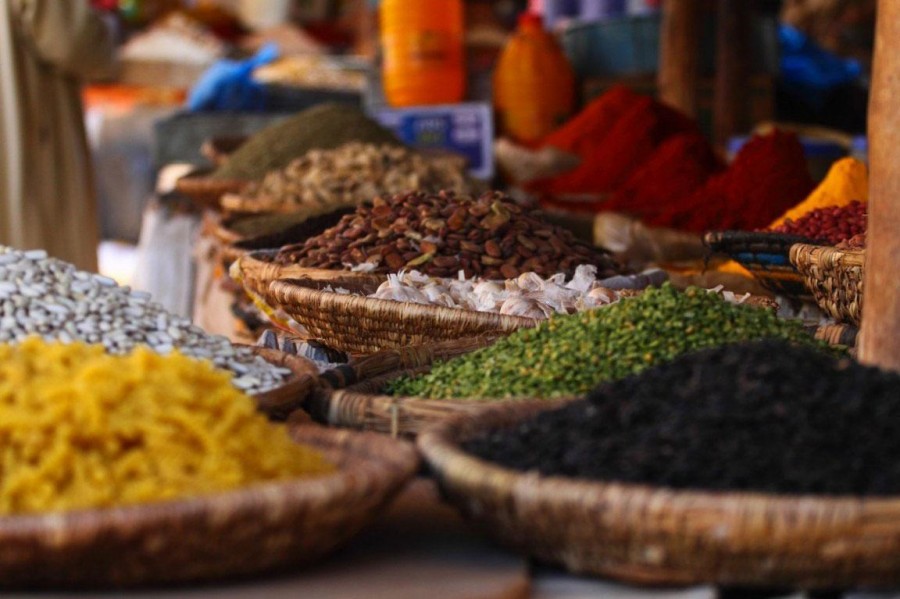
Prison Island/ Changuu Island
The Prison Island is an excellent site to visit for a half day tour, the tour includes a 20 minute boat ride offshore to Prison Island. The island was once a quarantine center and during your tour, you will be introduced to the giant tortoises – the oldest of 192 years. You can also snorkel in Nakupenda beach.
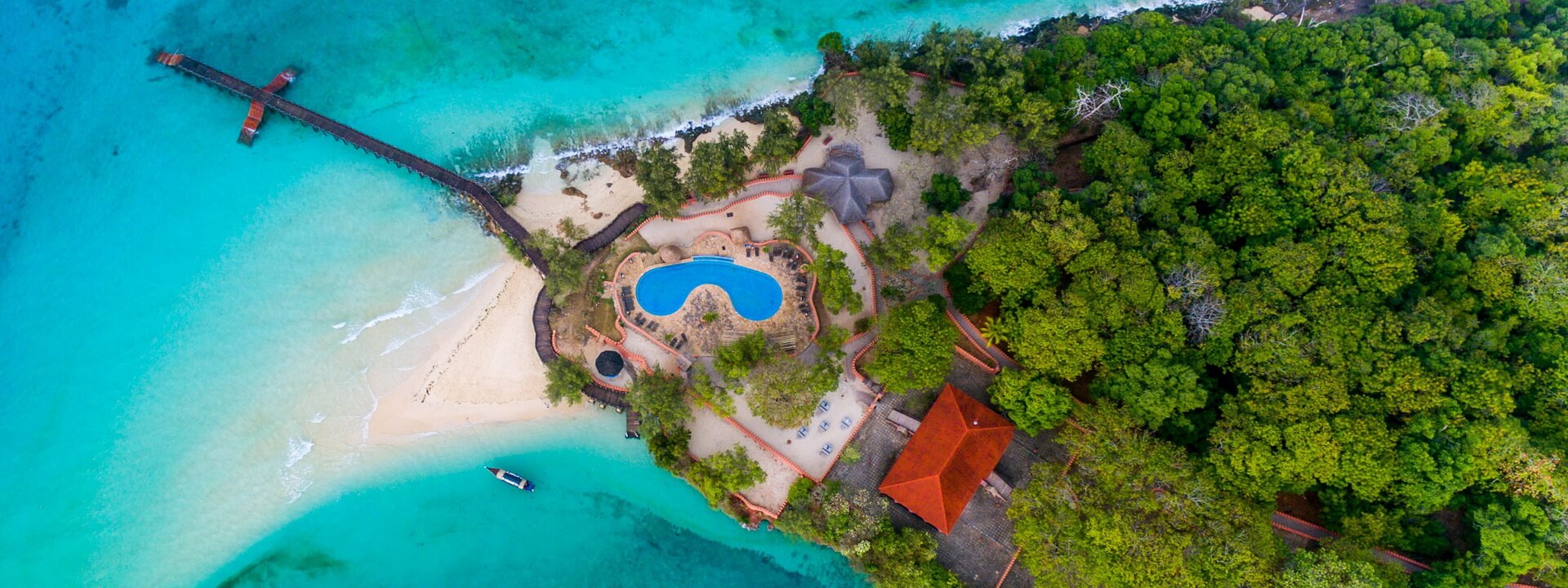
Jozani Forest Tour
The forest is a home to the world’s rarest animals – the red colobus monkey as well as a variety of birds, butterflies and bush babies. Walking around the forest is easy as there are boardwalks with guides who will give you more information on the plant and animal species which you might see.

Where to stay in Stone Town
The Stone Town hosts a number of luxury hotels, boutique hotels and backpacker’s hostels and these include
- Lost and Found Hostel
- Emerson Spice Hotel
- Beyt al Salaam
- Jafferi House among others
When to go to Stone Town for a Tour
The best time to visit Stone Town is during July – August and December to February, these are the dry seasons so the weather is warm and there is less chance of rain ruining your excursions.
Zanzibar has two rainy seasons that is one short and a long one, the longer rainy season happens from March to May, this means the beaches are crowded- free and hotels often offer discount rates but you will be sunbathing in torrential rain.
If you aim is to avoid crowd during your tour, please avoid Friday which is a holy day for Muslims and some places such as restaurants, bars, sites and activities may be closed during the day.
During Ramadan, the holy month for Muslims, most restaurants and food shops will be closed during the day and most bars and night clubs may well be shit from the entire period too.
Getting There
There are direct flights to Zanzibar city offered by several flight companies including Condor, Jetfly, Ethiopian Airways, Kenyan Airways, Oman Air, Qatar Airlines, Arkia Israeli Airlines, KLM, FlyDubai, Meridian, Fasyjet, Mango and Turkish Airlines.
Also, you can take a 20 minute flight from Dar es Salaam to the airport in Zanzibar.
A ferry operates from the harbor in the harbor in the center of Dar es Salaam to Zanzibar City, the ferry runs four times a day and the ferry takes approximately 2 hours.
The ferry terminal is located within a walking distance from Stone town.




Leave a Reply
Want to join the discussion?Feel free to contribute!